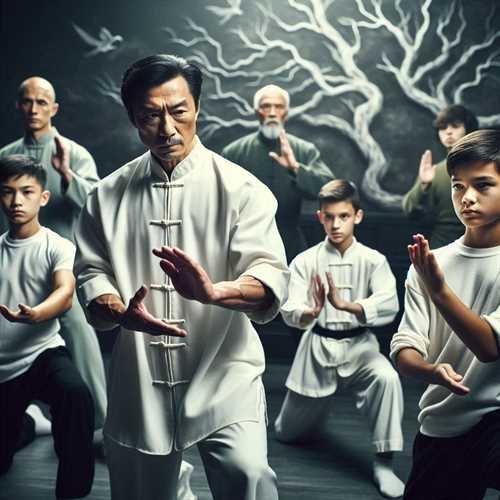The Evolution of Wing Chun from Ip Man to Modern Practice

From Tradition to Modernity
Ip Man, regarded as the modern father of Wing Chun, was pivotal in preserving and sharing this martial art beyond its traditional confines. His unique teaching style transformed Wing Chun from a closely-guarded practice into an art accessible to students worldwide. Through his tireless dedication, Wing Chun transitioned from its roots in ancient China to an internationally recognized martial art that thrives in today’s world. This evolution examines the journey of Wing Chun, from Ip Man’s teachings to its contemporary adaptations, and how it has adapted to fit modern needs and practices.
Ip Man's Influence
Ip Man’s legacy in Wing Chun is not just in technique but in philosophy. He taught a balance of practicality, adaptability, and mental discipline, emphasizing a martial art that values both skill and self-awareness. Among his many students, Bruce Lee stands out as an individual who carried these teachings to new heights, blending them into his own martial philosophy. Through Ip Man’s guidance, practitioners learned the fundamentals of Wing Chun’s physical techniques alongside its deeper philosophy, instilling values of self-control, resilience, and respect. This approach laid the foundation for Wing Chun’s global journey, making it relevant beyond physical combat.
The Transition of Wing Chun
Following Ip Man’s passing in 1972, the landscape of Wing Chun diversified. New schools and interpretations emerged, each drawing from Ip Man’s original teachings while adapting them for contemporary students. This branching led to several distinctive styles within Wing Chun:
- Traditional Wing Chun: Some schools aim to preserve the exact techniques, forms, and philosophical principles as taught by Ip Man, maintaining a direct link to his lineage and training approach.
- Modern Wing Chun: Others have adapted Wing Chun to include elements of sports science, physical conditioning, and modern self-defense techniques, making the art more accessible to today’s practitioners.
- Fusion Styles: Influenced by Bruce Lee and other martial artists, fusion styles blend Wing Chun with other martial arts, tailoring techniques to individual needs and diversifying the traditional curriculum.
Modern Interpretations
Wing Chun in the 21st century benefits from a rich, global following and numerous resources that bring Ip Man’s teachings into a new age. Modern interpretations are influenced by technological advancements and a global community, with emphasis on:
- Practical Self-Defense: Modern Wing Chun schools often prioritize real-world applications, training practitioners to handle everyday threats with quick, efficient techniques.
- Cross-Training: Many practitioners explore other martial arts to expand their understanding of combat dynamics, incorporating complementary techniques that enhance their Wing Chun foundation.
- Physical Fitness: Today’s Wing Chun schools integrate fitness principles, promoting a balanced training experience that includes strength, flexibility, and stamina.
Wing Chun Today
A leading school in Hong Kong honors Ip Man's legacy by balancing tradition with innovation. Their curriculum reflects the art’s core principles while embracing new training methods, giving students a comprehensive martial arts education. By emphasizing both the original values and modern applications of Wing Chun, the school prepares students to navigate today's challenges with resilience and mindfulness. For practitioners around the world, they offer extensive online courses, allowing anyone to train and learn the art of Wing Chun regardless of location.
To explore their offerings, visit their online learning platform: Mindful Wing Chun School.